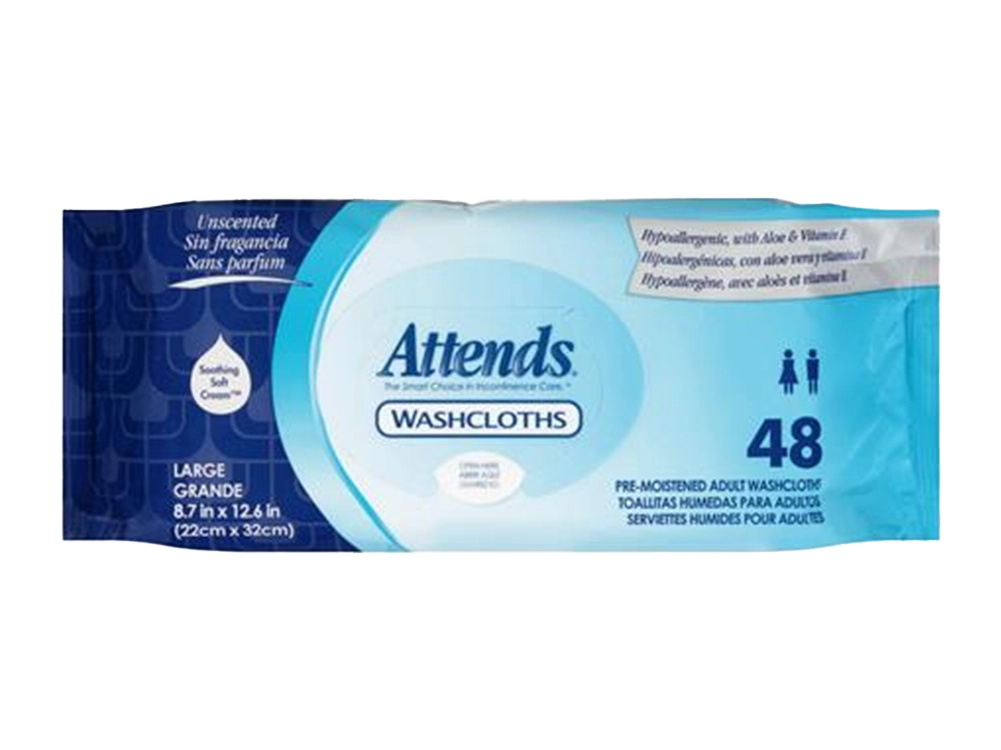Choosing the Right Incontinence Products: Your Complete Guide
Navigate the world of incontinence products with confidence. Learn how to select the best products for your specific needs, lifestyle, and comfort preferences.

Understanding Your Options
With so many incontinence products available today, choosing the right one can feel overwhelming. The key is understanding your specific type of incontinence, your lifestyle needs, and the different product features available. The right product should provide security, comfort, and discretion while allowing you to maintain your normal activities with confidence.
Key Factors to Consider:
- • Type and severity of incontinence
- • Absorbency level needed
- • Activity level and lifestyle
- • Comfort and fit preferences
- • Discretion and appearance under clothing
- • Ease of use and changing
- • Skin sensitivity and health
- • Cost and insurance coverage
Types of Incontinence Products
1. Disposable Absorbent Products
Adult Briefs (Traditional Diapers)
Adult briefs offer maximum absorbency and are ideal for heavy incontinence or overnight protection. They feature adhesive tabs for secure fit and easy changing.
Best For:
- • Heavy to severe incontinence
- • Overnight protection
- • Bedridden or limited mobility patients
- • Double incontinence (bladder and bowel)
- • Caregivers managing patient care
Features to Look For:
- • Refastenable tabs
- • Wetness indicator
- • Odor control technology
- • Breathable materials
- • Flexible side panels
Protective Underwear (Pull-ups)
These look and feel more like regular underwear, offering discretion and independence for active individuals. They can be pulled on and off like normal underwear.
Best For:
- • Active lifestyle
- • Light to moderate incontinence
- • Independence and dignity
- • Work or social situations
- • Travel and mobility
Features to Look For:
- • Tear-away sides for easy removal
- • Ultra-thin profile
- • 360-degree protection
- • Soft, cloth-like material
- • Various absorbency levels
Pads and Liners
Worn inside regular underwear, these products offer protection for light to moderate incontinence while maintaining a normal appearance and feel.
Bladder Control Pads:
Specifically designed for urine absorption with super-absorbent cores and odor control.
Guards for Men:
Anatomically shaped for male body contours, often with adhesive strips.
Panty Liners:
Ultra-thin protection for very light incontinence or as backup protection.
2. Reusable Products
Washable Underwear
These look like regular underwear but contain built-in absorbent layers. They're environmentally friendly and cost-effective for long-term use.
Benefits of Reusable Products:
- • Environmentally sustainable
- • Cost-effective over time
- • Comfortable, familiar feel
- • No bulk under clothing
- • Available in many styles
- • Reduces waste
- • Can be more discreet
- • Good for sensitive skin
3. Catheter Systems
For individuals with more complex needs, catheter systems provide continuous drainage and can be used with or without additional absorbent products.
Intermittent Catheters:
Used several times daily to empty the bladder completely.
- • Self-catheterization option
- • Reduces risk of UTIs
- • Various types: straight, coude, hydrophilic
Indwelling Catheters:
Remain in place and drain continuously into a collection bag.
- • Foley catheters most common
- • Require regular maintenance
- • Used for medical conditions or post-surgery
Selecting the Right Absorbency Level
Understanding absorbency ratings helps you choose products that provide adequate protection without being unnecessarily bulky or expensive.
Light
Occasional drops or light spotting
Moderate
Small to medium leaks
Heavy
Large amounts or frequent leaks
Maximum
Overnight or extended wear
Features to Look For
Essential Features
Leak Protection:
Leg cuffs, core channels, and acquisition layers that quickly absorb and lock away moisture
Odor Control:
Advanced materials that neutralize odors for confidence in social situations
Comfort Features:
Soft materials, flexible fit, and breathable layers to prevent skin irritation
Advanced Features
Wetness Indicators:
Lines that change color when the product needs changing
Skin-Friendly Materials:
Hypoallergenic, pH-balanced, and dermatologically tested
Slim Profile:
Ultra-thin design that's invisible under clothing
Easy Disposal:
Adhesive strips or disposal bags for hygienic removal
Sizing and Fit Guide
Proper fit is crucial for both comfort and protection. Most incontinence products use waist measurements, but some also consider hip measurements.
How to Measure:
- Measure around the narrowest part of your waist (usually just above the hipbones)
- For briefs, also measure around the fullest part of your hips
- Use a flexible measuring tape, but don't pull it tight
- Measure over thin clothing or underwear
- Take measurements at the same time of day for consistency
Cost Considerations and Insurance
Insurance Coverage
Many insurance plans cover incontinence products when they're medically necessary. Coverage varies by plan and may require:
- • Physician prescription or documentation
- • Medical necessity determination
- • Use of approved suppliers
- • Prior authorization for certain products
- • Specific brands or product types
Cost-Saving Tips
- • Buy in bulk when possible for better per-unit pricing
- • Consider subscription services for automatic delivery and discounts
- • Compare reusable vs. disposable options for long-term costs
- • Work with suppliers who specialize in insurance billing
- • Don't over-purchase absorbency - match your actual needs
- • Take advantage of manufacturer coupons and samples
Getting Started
The best way to find the right product is often through trial and professional guidance. Many suppliers offer sample programs, and healthcare providers can provide valuable recommendations based on your specific situation.
Steps to Find Your Perfect Product:
- Assess your incontinence type and severity
- Consider your lifestyle and activity level
- Try samples of different product types
- Work with healthcare providers for recommendations
- Check insurance coverage and requirements
- Start with a basic product and adjust as needed
- Keep track of what works and what doesn't
Find Your Perfect Incontinence Solution
Our experienced specialists can help you navigate product options, verify insurance coverage, and find the perfect solution for your needs.